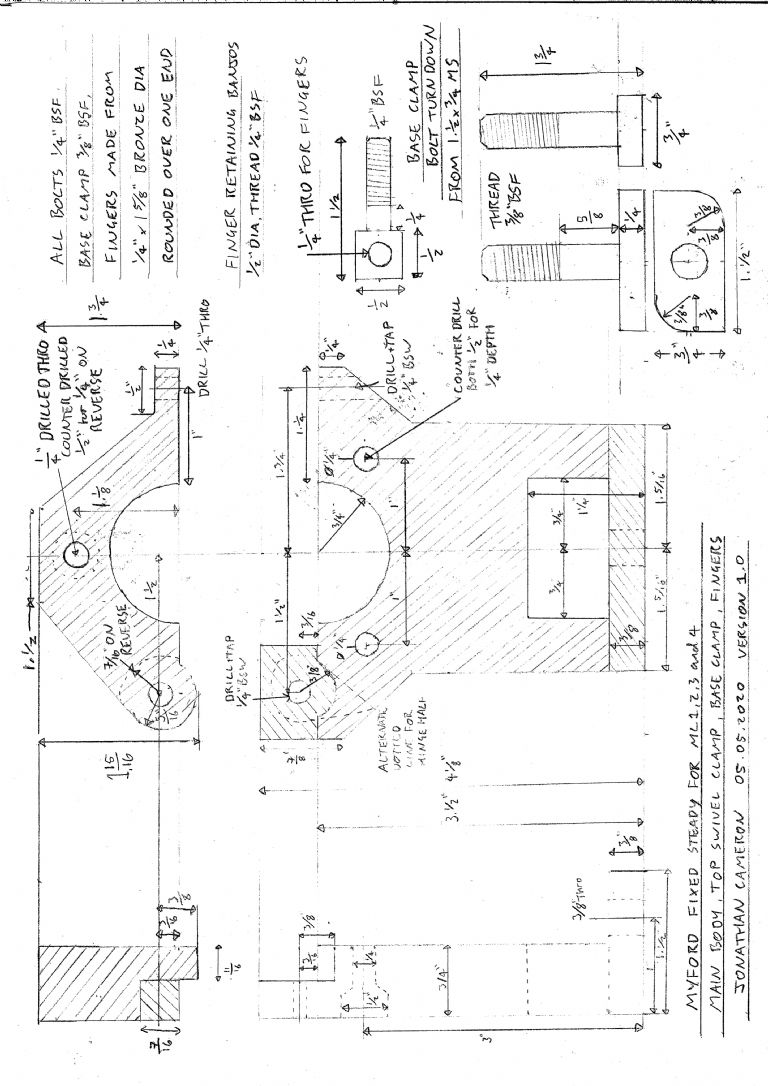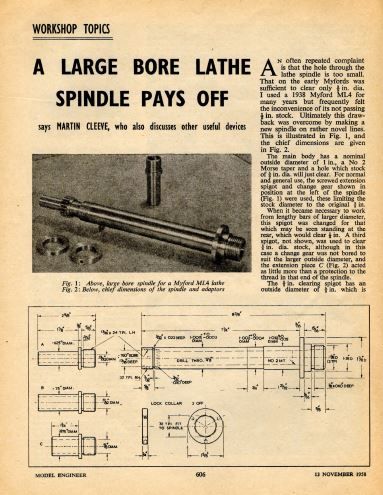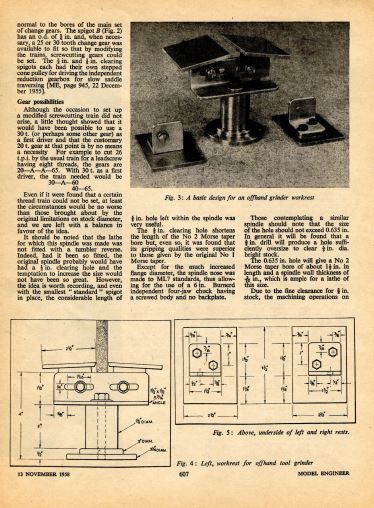Hi again all.
I managed to order the wrong thrust bearing. I ordered a very similarly-size metric bearing and it was just too small. I've now found what I believe to be the correct size (1 x 1-5/8 x 3/8", often written FT1) and ordered one of those. That was a waste of £15, I shall have to think of a suitable project for it.
Jon, I know we've spoken elsewhere about your suggestion but I'd like to address it here so that others may benefit. I think that the bearings were installed correctly for two reasons:
- The grub screws locate in small indentations in the outside of the bearings, the holes aren't visible on the inside.
- The left-hand bearing has a shoulder that protrudes and abuts the casting. I don't think there is space for this on the right-hand casting as the bull gear/pulley assembly occupy all of the spindle.

This photo shows the protruding bearing shoulder. It's a bit covered in paint – which I will clean up when I get around to repainting the lathe – but the bronze is visible.
Brian, I've cleaned up the gear and will post a photo below. It has cracked all the way through and I believe it will need to be sawn + brazed, as per your revised instructions.

Regarding the lathe bed, here is a photograph of the condition of the gap between the ways on my lathe. They are definitely not an accurately-machined surface (although, as someone mentioned, they could become so with relative ease if I can find the right person/mill!).
The gap that I measured was between the ways themselves but it did occur to me, as I took this photograph, that the space below the ways could be used as a clamping surface. I'm not sure what this distance is as I don't have any telescoping gauges with which to measure it. Perhaps I was mistaken in my understanding and this is the clamping surface always used?

Finally, here is the lathe as it sits this evening. Hopefully I'll get the spindle re-installed soon – I've been spending a lot of time cleaning up all of the little burs, of which there are many!

david bennett 8.











